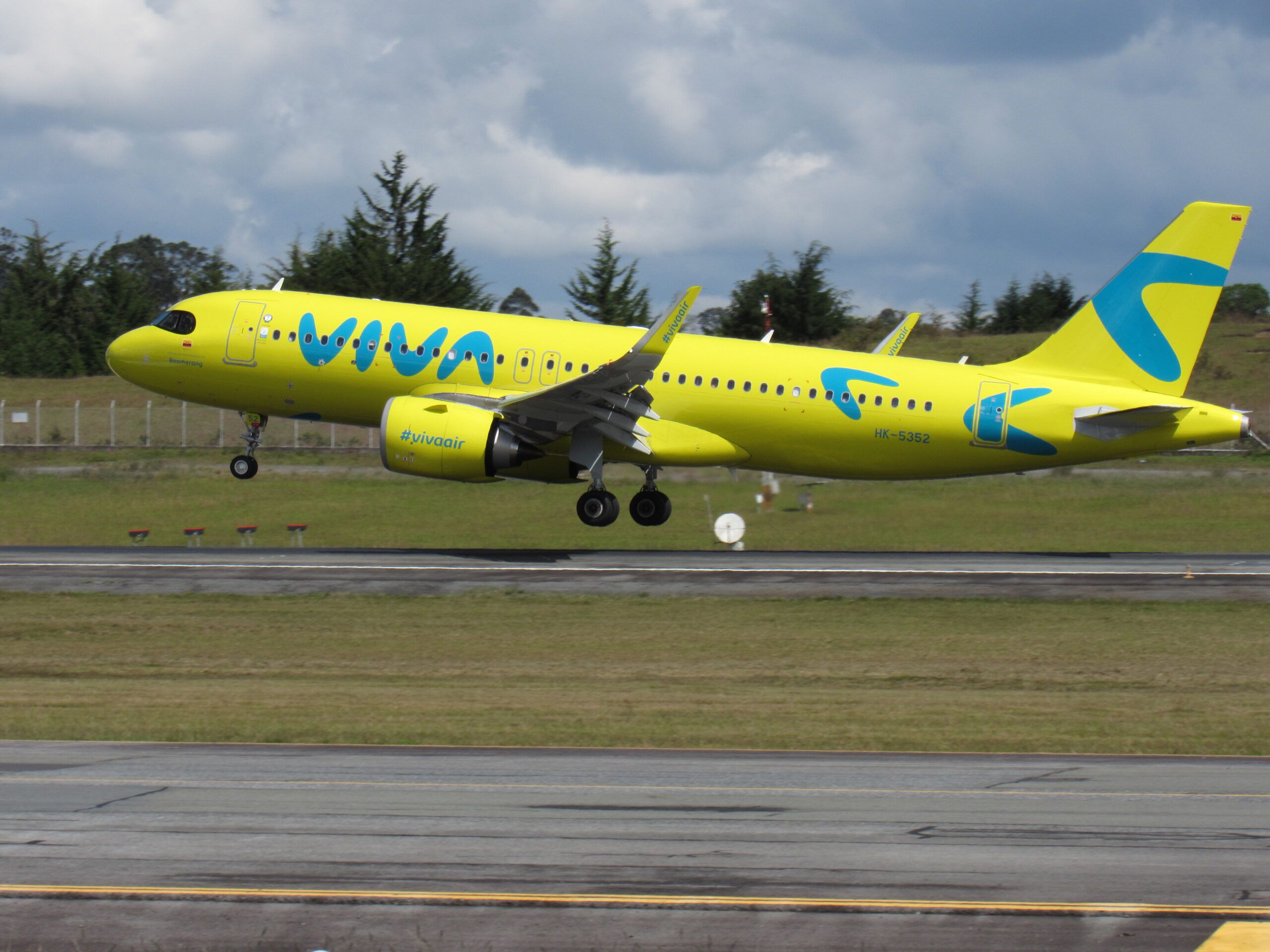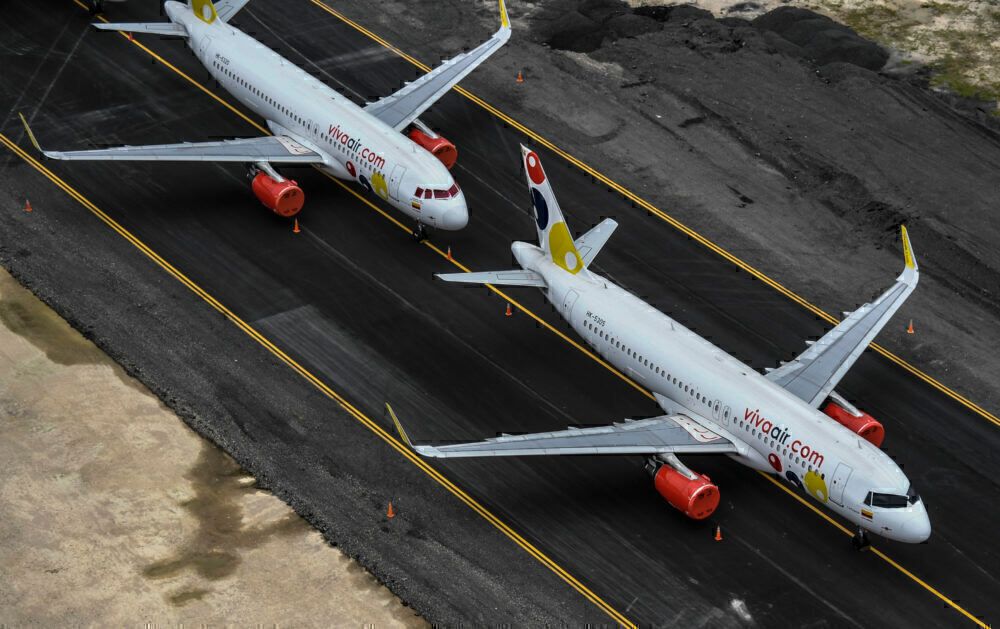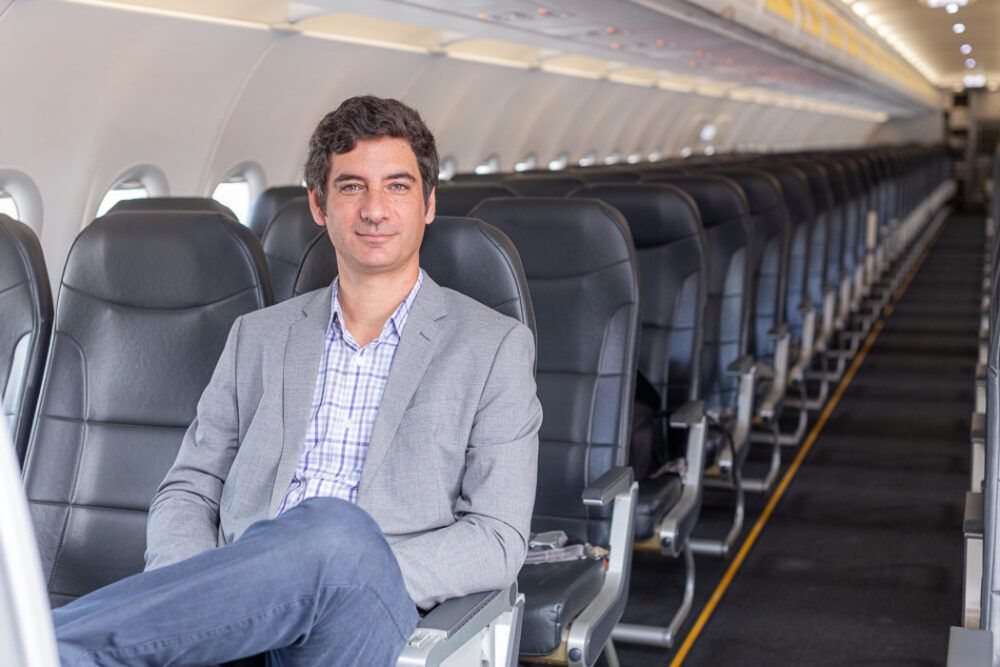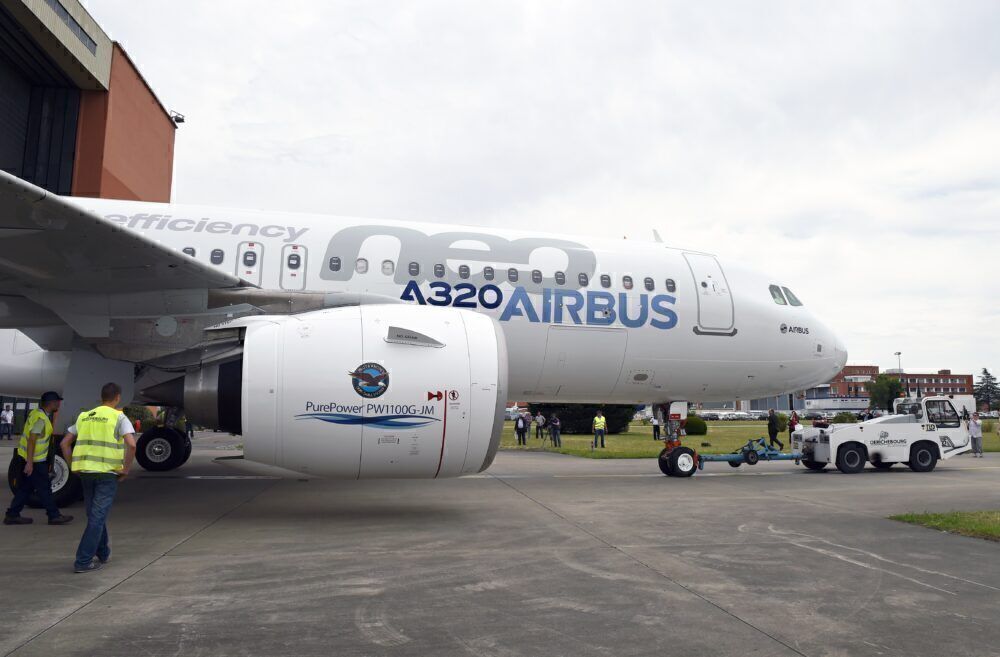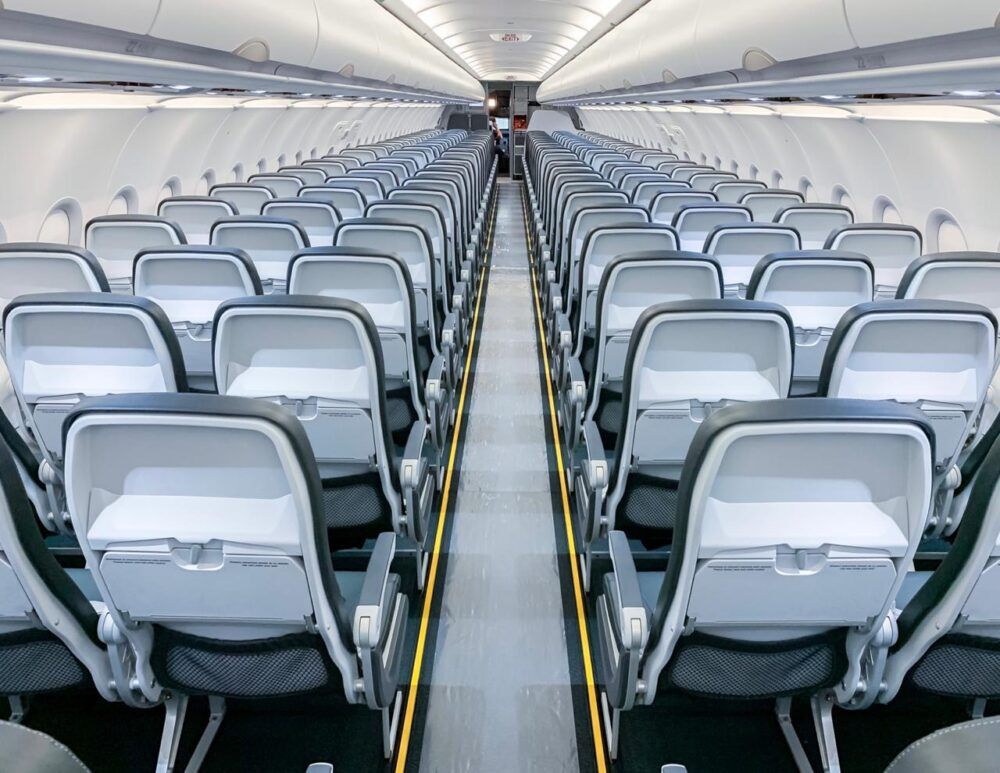Viva Air Colombia has been busy adding new Airbus A320neos to its fleet while planning new international routes in recent months. The low-cost carrier is undoubtedly readying itself for growth over the next few years. Viva Air Group CEO and president Félix Antelo spoke with Simple Flying about how the airline’s A320s are the perfect aircraft to help the airline expand across North and South America while developing Medellín into a low-cost hub.
The right arsenal
Last October, an A320neo joined the Viva Air’s fleet for the first time. Nicknamed, Boomerang, the plane marked the first of four units of the type that arrived at the José María Córdova International Airport-based carrier’s holdings in 2020. Even another two A320neos were delivered last month. Altogether, by the end of the year, the airline will be deploying 15 ceo and 10 neos in the skies.
Antelo highlights that these planes will be crucial in helping his company keep the momentum going since restarting operations last fall. Restrictions amid the pandemic forced suspensions for Viva Air. Nonetheless, recovery has been strong since September, and the firm has since announced new international routes that will start in June.
High hopes for the summer
Notably, Viva Air is heavily expanding on its international destinations. Presently, it primarily operates on three international routes:
- Medellín - Miami
- Medellín - Lima
- Bogotá - Lima
However, in June, there are more offerings across the Americas:
- Medellín - Cancun
- Medellín - Mexico City
- Medellín - Orlando
- Bogotá - Mexico City
Utilizing the fleet
Viva Air is confident that progress in vaccination rollouts will enable a far stronger second half of 2021. It is also expecting even better figures for 2022. The A320neos will enable that there is operational efficiency as the company develops.
“We can benefit from our low cost, new neos. They have longer range and they burn less fuel. So, we need to deploy these aircraft for longer flights and our plan of international expansion starts right away. We are building a stronger hub in Medellín. Via Medellín, you're going to be able to connect from all these destinations I mentioned to all of Colombia. In a maximum of two hours, you're going to be able to connect from the likes of Mexico City to Cartagena and Orlando to Santa Marta.” Antelo tells Simple Flying.
“You have airlines doing hub and spoke, but you don't have low-cost airlines doing that. So being able to be able to fly on a low-cost ticket, paying $200 or $300, going from Lima to Cancun round trip with tax included, you don't get that in the market, and we will be able to do that with Viva while being profitable because of our low cost base.
Wider expansions on the cards
There has been great emphasis on routes between Latin America and the United States in recent weeks. With strong family, economic, and leisure connections across the areas, airlines have been ramping up services. For instance, this month, Avianca and Aeromexico have announced new flights to the United States from Costa Rica and Mexico respectively. Moreover, United Airlines recently shared that it has exceeded its pre-pandemic schedule to Latin America.
With this in mind, Simple Flying asked Antelo about any other potential expansions across the region. He expresses that when it comes to heading North, the airline is definitely interested in adding other destinations to its network. The neos allow for travel to a range of cities in the US such as New York, Atlanta, and Dallas. So, it won’t be too long before Viva Air heads to other US states other than Florida.
In regard to South America, Viva Air has been analyzing every single mid to big city across the continent. Santiago, Buenos Aires, and Guayaquil are all planned. However, the carrier has also been looking at the prospects of heading to the likes of São Paulo, Rio de Janeiro, Asuncion, Cordóba, Quito, and La Paz.
Combining well
It’s not just passengers that the A320neos can transport efficiently to these destinations. With signficant trade relationships across South America, the plane’s belly will move cargo from city to city well.
Stay informed: Sign up for our daily and weekly aviation news digests.
Altogether, whether they are ceos or neos, all of Viva Air’s present aircraft are newcomers. The average fleet age is just over two years, and the carrier is still adding new members. So, with plenty of modern, efficient A320s at its disposal, Viva Air will be able to expand profitably in its next chapter while turning Medellín into a robust low-cost connecting hub.
What are your thoughts about Viva Air’s operations? Let us know what you think in the comment section.

